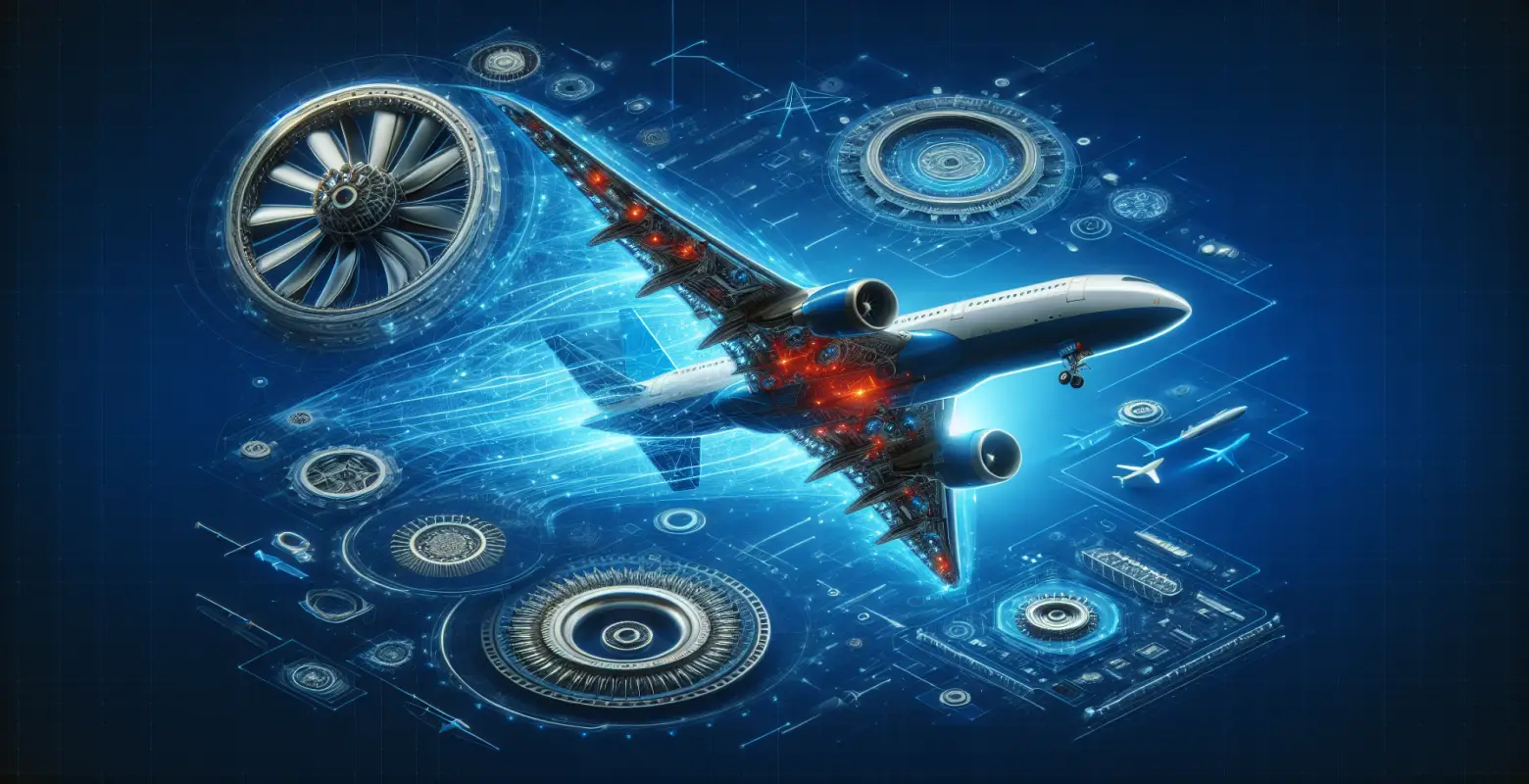Electric planes - when will we see them in the sky?
Introduction
Nowadays, more and more attention is being paid to ecological and sustainable transport solutions. One of the topics that arouses a lot of emotions and interest is electric airplanes. Faced with growing concerns about climate change and the need to reduce carbon dioxide emissions, the aviation industry is challenged to reduce its environmental impact. Will electric airplanes become a breakthrough in this field? When can we expect to see them in the sky? In this article, we will take a closer look at this fascinating topic, analyzing the current state of technology, challenges, and future prospects.
History and Development of Electric Technologies in Aviation
Electric airplanes are not a completely new idea. The first attempts with electric propulsion in aviation date back to the early 20th century. However, only in recent decades has the development of battery technology and construction materials enabled a serious approach to the topic. In the 1970s, the first prototypes of electrically powered airplanes appeared, but it is the progress in the field of lithium-ion batteries in recent years that has opened up new possibilities.
One of the first historical flights of an electric airplane was the Solar Impulse flight, which in 2016 circumnavigated the Earth using solar energy. Although it was not a strictly commercial project, it showed the potential that lies in the use of alternative energy sources in aviation.
Technical Aspects of Electric Airplanes
Let's now look at how electric airplanes work. The key element here is the electric propulsion, which, unlike traditional combustion engines, uses electrical energy to power the engines. This energy is stored in batteries, which are one of the major obstacles to the development of this technology due to their weight and capacity.
Currently, battery technologies, such as lithium-ion, offer sufficient energy density for small airplanes, but their limited capacity is a significant challenge for larger, passenger aircraft. Engineers and scientists are working on the development of new materials and technologies, such as semiconductor cells, which can significantly increase the efficiency and range of electric airplanes.
Advantages of Electric Airplanes
Electric airplanes offer many potential benefits. Above all, they are more environmentally friendly because they do not directly emit carbon dioxide and other harmful greenhouse gases. Additionally, electric motors are quieter, which can contribute to reducing noise near airports.
The operating costs of electric airplanes may also be lower than their traditional counterparts, thanks to fewer moving parts in electric motors and cheaper electrical energy compared to aviation fuels.
Challenges Facing the Aviation Industry
Despite many potential benefits, the aviation industry faces numerous challenges related to the introduction of electric airplanes. One of the biggest challenges is the aforementioned battery efficiency. Current technologies do not yet allow for long-distance flights, which are commonplace in commercial aviation.
Another challenge is infrastructure. To fully utilize the potential of electric airplanes, airports must be equipped with appropriate charging stations, which requires significant investments and planning.
Examples and Current Projects
Many projects related to electric airplanes are already being implemented worldwide. Companies such as Airbus, Boeing, as well as smaller start-ups, are intensively working on the development of this technology. One example is Eviation's Alice project, which aims to create a fully electric passenger airplane with a range of about 1000 kilometers.
Another interesting initiative is Pipistrel's Velis Electro project, which is already a certified electric airplane for training purposes and demonstrates that this technology is finding applications in smaller, specialized market segments.
Future Prospects
As technologies continue to develop, we can expect electric airplanes to play an increasingly important role in aviation. Experts predict that within the next two decades, it will be possible to introduce electric passenger airplanes on short and medium-haul routes.
The aviation industry may also benefit from hybrid solutions that combine traditional engines with electric ones, which could be an intermediate step towards full electrification.
Summary
Electric airplanes have the potential to revolutionize the aviation industry, offering more sustainable and environmentally friendly solutions. Although there are still many challenges ahead of us, technological advancements in battery and construction materials are bringing us closer to the day when electric airplanes will become a reality. Further investments and innovations will be crucial to accelerate this process, and the results of these efforts could have a significant impact on the future of global air transport.






Number of comments: 0